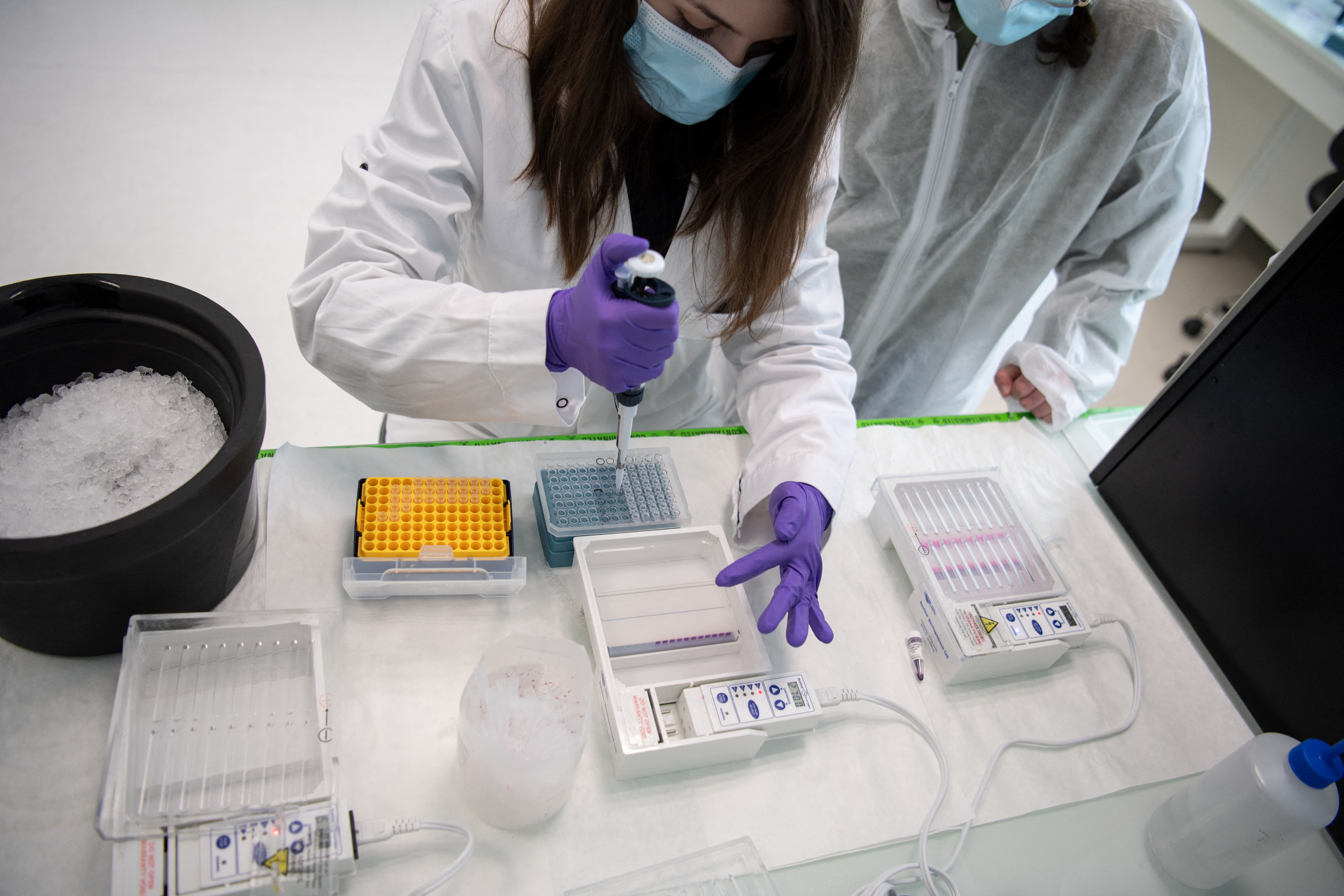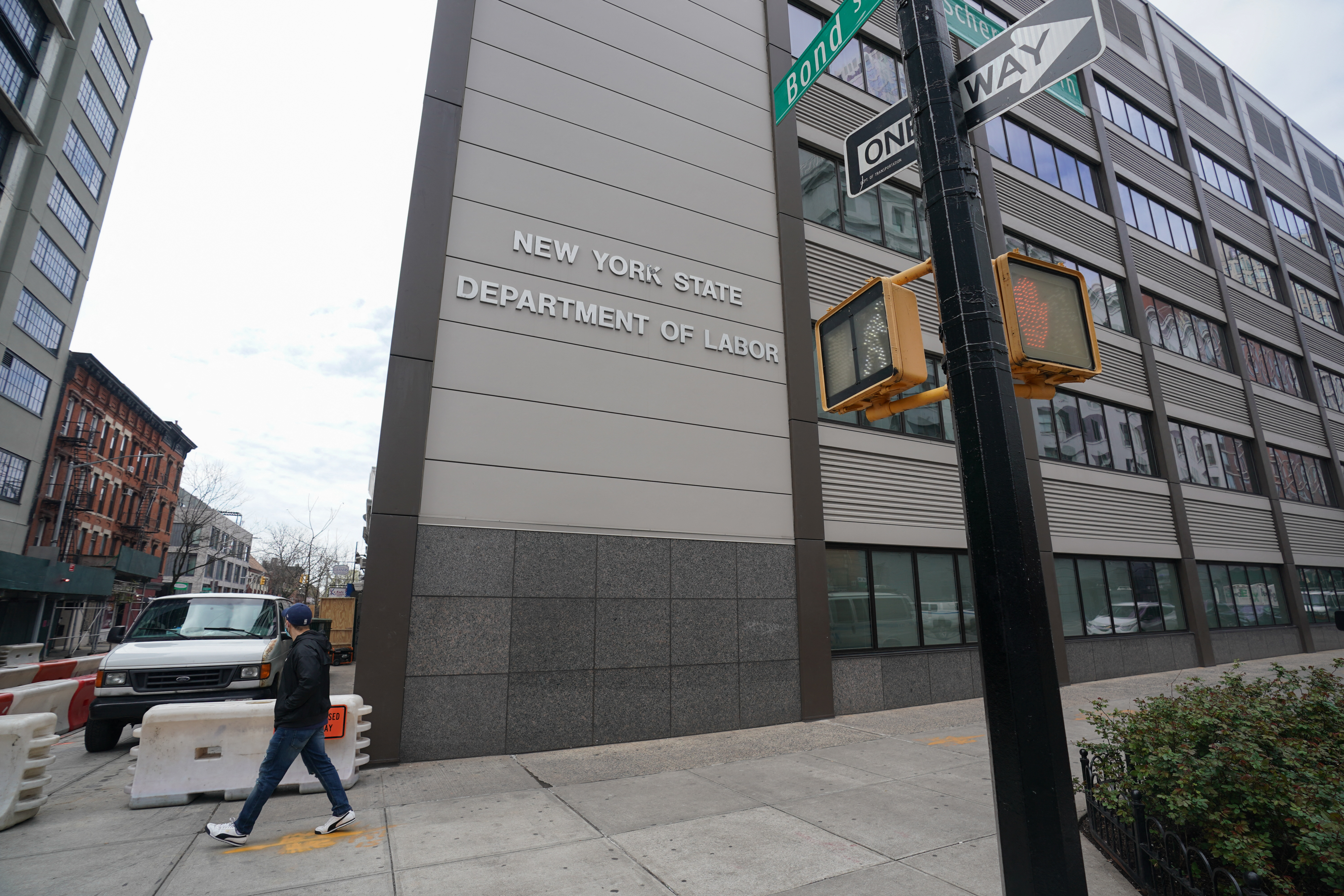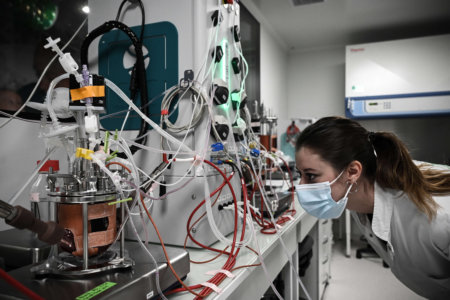
While pursuing the American Dream may have been a common goal for many international students, recent events have made settling down in the US rather difficult.
Since his return to office, President Donald Trump has signed more than 50 executive orders, including enacting steep tariffs, ending birthright citizenship, curbing DEI (Diversity, Equity, Inclusion), and more, fueling his promise to remove millions of people from the country in what he calls the “largest deportation programme in American history.”
So, if you’re a student planning to travel to the US for further studies amid these rocky times, you might be wondering what comes next, especially if your intention is to earn a US green card.
With a US green card, you’ll have the right to live, work, and travel in the country without worrying about your visa status. Other perks include enjoying other privileges such as Social Security benefits and legal protection under US laws.
If you’re determined to make it big in the US, here’s an updated guide to getting your US green card:

You’ll always see long lines outside US embassies. Source: AFP
A step-by-step guide to getting your US green card
Step 1: Complete your degree
This might be stating the obvious, but as an international student, your chances of immigrating and getting a green card in the US hinge on your graduating and getting your degree.
It’s the first crucial step required to get a job after graduating, especially in a field related to your study programme.
Maintaining your student status as an F-1 visa holder is important to keeping your future prospects open. As an international student, you’re not allowed to leave the US for more than five months at a time.
If you’re away for more than that, you may lose your student status. If that happens, you must apply for readmission with a new Form I-20.
Note that time spent outside the US does not extend Optional Practical Training (OPT) authorisation and counts toward the unemployment limit.
Students on OPT can re-enter the U.S. if they have a valid visa (if required), a Form I-20 endorsed for travel within the last 6 months, and a valid Employment Authorization Document (EAD).

Graduates in Science, Technology, Engineering and Mathematics from US universities can extend their Optional Practical Training (OPT) to work up to 24 months after completing their studies. Source: AFP
Step 2: Work under the OPT programme
Optional Practical Training (OPT) lets international students on an F1 visa work in jobs related to their field of study.
Under OPT, students can work for up to 12 months after graduation, while STEM graduates (Science, Technology, Engineering, and Math) can apply for an extra 24 months.
However in 2025, this may change. Jessica Vaughan, a policy expert, presented a report to Congress recommending stricter immigration rules.
She argues that some schools have taken advantage of these programs, creating fake institutions that allow students to work illegally. As a result, students from 32 countries had overstay rates exceeding 20%.
As 2025 progresses, there may be stricter visa requirements for international students, and getting a student visa (I-20 form) could become more difficult. If you are an international student hoping to study or work in the US, these changes may put a damper on your plans.
Step 3: Switch your visa type
The F-1 visa might allow you to work under the OPT provision, but it’s still non-extendable once it ends. You’ll have to secure another visa to retain your right to work and live in the US.
For this, you’ll need the H-1B visa, a work visa for speciality occupations that requires highly specialised knowledge learned through a bachelor’s degree qualification or higher.
Couple of things to note, however. The application has to be filed by your employer from a US-based company that is willing to sponsor your visa.
Secondly, there is an annual limit on new H-1B visas, with a lottery system if demand exceeds the cap. The programme has an annual cap of 65,000 visas for new applicants, with an additional 20,000 visas available for applicants holding a master’s degree or higher from a US institution.
Should you manage to get one, do note that the visa is attached to the company, and you’re not permitted to work elsewhere or start your own business once you get the H-1B.
The visa lasts for three years and can be extended for another three afterwards.
This step is often the make-it-or-break-it step for many prospective immigrants who graduated from US universities. You’ll need to rely on strong professional connections, and must have proven yourself to be indispensable to your industry as there is a strict quota for the H-1B visa among a pool of talented applicants.

If you hold a H-1B visa and are looking to secure a green card, your employer will have to submit the application on your behalf, and begin the process by filing documents to the Department of Labour (DOL). Source: Bryan R. Smith/AFP
Step 4: Begin your US green card application
If you’ve overcome all odds and managed to stay on for six years with the H-1B — congratulations! — you’ll be eligible for a US green card.
Once the maximum period of six years is up with the H-1B, your employer will need to apply for a green card through an H-1B visa petition on your behalf. You may also find a new employer willing to sponsor your green card for the application.
The jump from a H-1B to green card status is far from an easy leap. The process involved in securing a permanent residency in the US can take months and consists of multiple stages with no guarantee of a successful outcome, so you’ll need to plan carefully and begin the process while your H-1B visa is still valid.
At this stage, the application is beyond your control. Your employer will need to submit Programme Electronic Review Management (PERM) certification to the Department of Labour (DOL), after which several reviews and processes, including proof that no local US workers are available to fill in for your position. Only when your employer demonstrates that there are no local employees for the job can they proceed with the Form I-140 to show that you’re eligible for a US green card.
Once you have held a US green card for another five years, you may become eligible to apply for citizenship, and even sponsor relatives to hold their own US green card, provided they meet the eligibility criteria.

President Donald Trump is determined to drive out millions from the US. Source: AFP
Commonly asked questions about the US green card
Is getting a US green card guaranteed?
Unfortunately, the US green card application process is typically protracted and involves multiple stages, with no guarantee of a successful outcome.
You’ll need to plan carefully to ensure you follow the right timing and processes to avoid issues or refused applications.
How long does it take to get a US green card?
Since green card applications can take months or sometimes years to complete, H1B visa holders should ensure they are aware of the implications of their visa expiry date on their lawful status while making an application.
You can still retain lawful status if your H1B has expired, provided your US green card application is under “pending”, or you may be permitted to extend your current status if you have an approved I-140 petition and are awaiting your priority date.
Under the current system, immediate family members have priority for green cards, and generally wait six months to a year to have their application approved. For non-immediate family members, the process may take up to 10 years — a whole decade.
Are there other ways to secure a US green card?
Unfortunately, the pathways to immigrate to the US as a foreigner with no business or familial connections to the US are extremely limited.
Apart from the H-1B, those intending to work and remain in the US can apply for either the L-1 visa, or the extremely niche EB-1 visa granted to Persons of Extraordinary Abilities Green Card, which are usually reserved for famous entertainers or award-winning researchers.
As of February 2025, President Trump has proposed the idea of a “gold card” immigration plan that will offer new pathways to US citizenship — as long as you can pay for it. The gold card will cost US$5 million.
“The people that can pay US$5m, they’re going to create jobs,” Trump said. “It’s going to sell like crazy. It’s a bargain.”
If you want to live and work in the US after graduating, it’s best to choose your degree programme wisely to cater to the US job market. Otherwise, you’ll be looking at years of bureaucratic frustrations and getting your American dream cut short prematurely.
Disclaimer: This article was last updated on February 28, 2025.










